A total of 35 men consisting of seven officers and 28 other ranks were selected from the 11th SAS Battalion in early 1941 to form a raiding force, which was designated ‘X Troop’. It executed the first British parachute raid of the war against the Tragino Aqueduct in Italy, code named Operation COLOSSUS.
The Troop was commanded by Major TAG Pritchard and included three Italian interpreters and a party of seven sappers under Captain GFK Daly RE. The plan was to blow up an aqueduct crossing a small stream called the Tragino 30 miles north east of Salverno, a small town in the Province of Camponia.
The aim was to disrupt water supplies to the ports of Taranto, Bari and Brindisi, which were embarkation points for Italian forces campaigning in North Africa and Albania. Unofficially it was to test the capabilities of the emerging parachute force and the ability of the RAF to deliver them accurately on objective on time.
Rehearsals in England included attacks on a full-scale mock-up of part of the aqueduct erected at the parachute training ground in Tatton Park near Manchester. The raid was staged through Malta, for which the six Whitleys had to fly fly 1,600 miles by night, some of it across occupied France. After that, it was 400 miles to the objective.
The drop occurred at 2142 hours on 10th February 1941 half a mile north of the aqueduct, cloaked by a diversionary bombing raid on Foggia nearby. Five of the aircraft were broadly on target, but one aircraft missed the drop zone, dropping in a valley two miles away.
There were problems gathering the explosives containers because their light indicators failed to work, but there was enough to blow one pier. It was then discovered the target pier was made of reinforced concrete, which necessitated a revised plan by the engineer officer on the ground. Sufficient explosive was packed to blow an alternative pier and a small approach bridge nearby. The resulting explosion took half the aqueduct down with it as it crumbled. The mission was successful
At 0100 hours the raiders split into groups and attempted to exfiltrate across 50 miles of mountainous winter terrain to the mouth of the River Sele, where they were to be taken off by the submarine HMS Triumph. By 12th February all the groups had been captured by the Italians, the furthest group having covered in excess of 30 miles. Ironically the submarine’s location had been compromised and would not have been there to meet them.
One of the Italian interpreters was handed over to the Fascist Militia and was tortured under interrogation and shot. The remainder of X Troop were incarcerated for the rest of the war. Several escape attempts were made but only Lieutenant Deane-Drummond made it back to England with the story.
The aqueduct was repaired quickly, but enemy units were relocated and strengthened around key potential future objectives. Although it achieved little of military significance X Troop’s exploits raised morale during a dark period of the war in England and provided valuable airborne experience.
X Troop 11 SAS
Newsletter Signup
Donate
Donate
Make a donation to Airborne Assault ParaData to help preserve the history of The Parachute Regiment and Airborne Forces
The Airborne Shop
The Airborne Shop
The Airborne Shop is the official shop of Support Our Paras (The Parachute Regiment Charity RCN1131977).
Profits from all sales made through our shop go directly to Support Our Paras, so every purchase you make with us will directly benefit The Parachute Regiment and Airborne Forces.

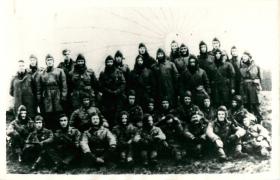
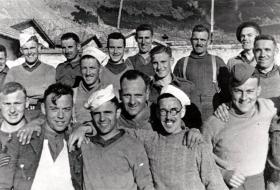
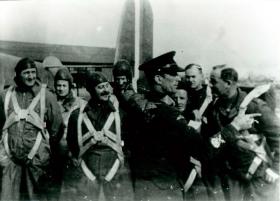
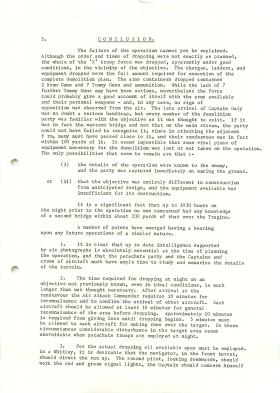
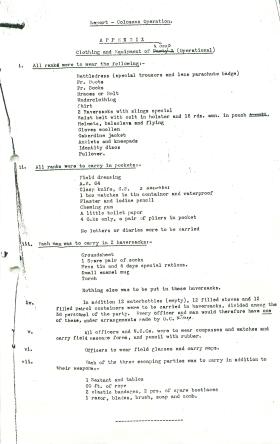
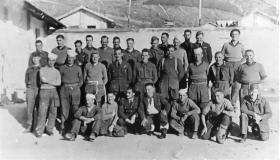
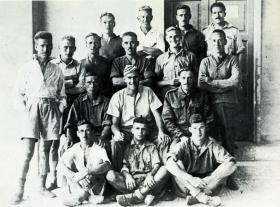




Latest Comments
There are currently no comments for this content.
Add Comment
In order to add comments you must be registered with ParaData.
If you are currently a ParaData member please login.
If you are not currently a ParaData member but wish to get involved please register.